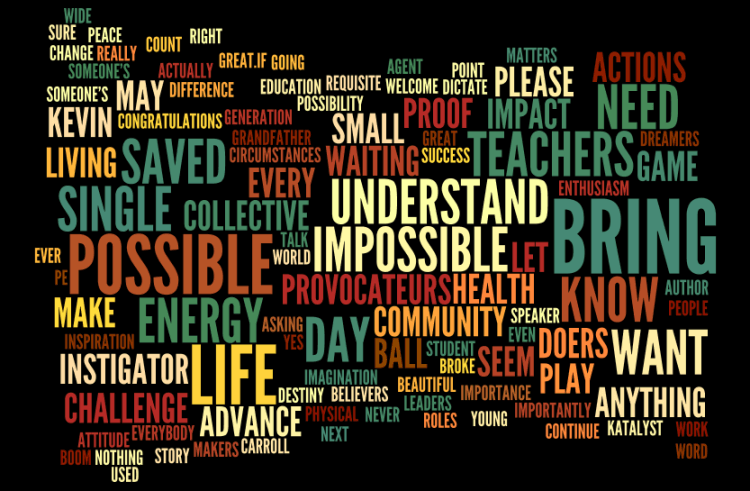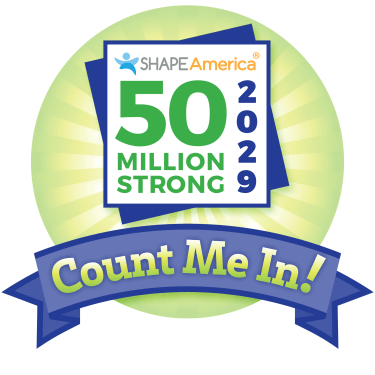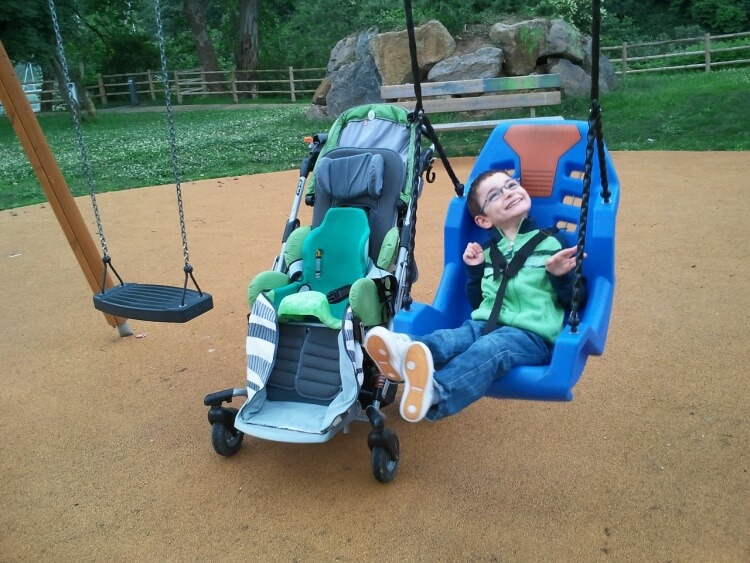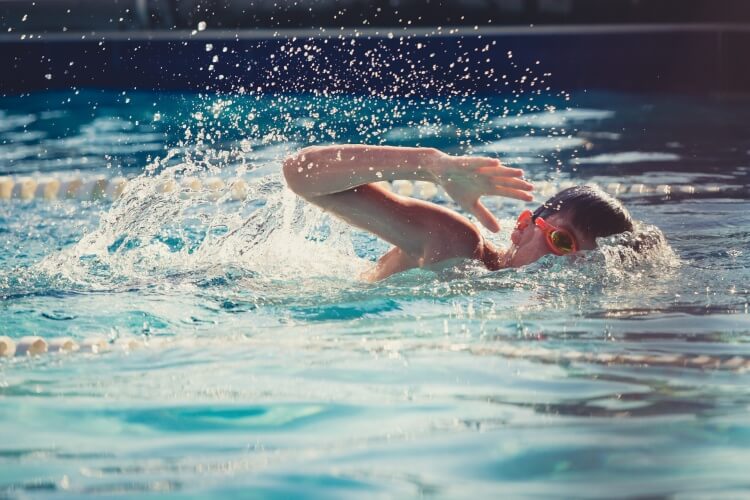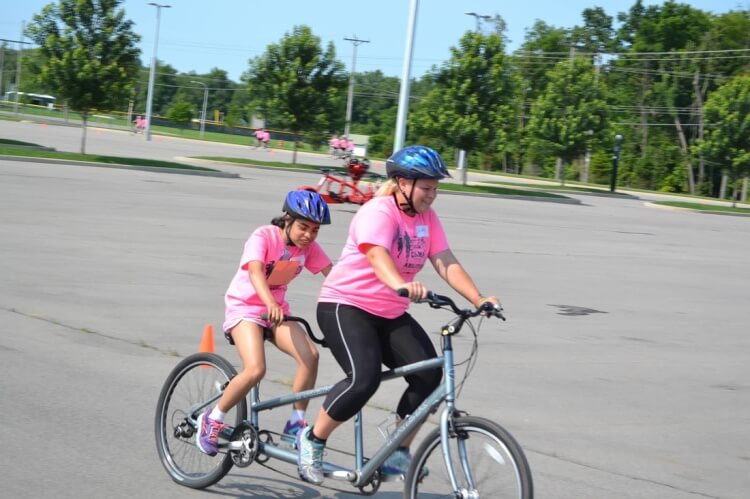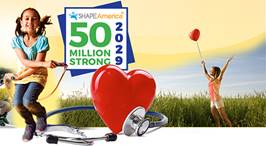I wasn’t at the SHAPE America Convention in 2015 when the 50 Million Strong by 2029 commitment was announced. I missed the emotional convention hall moment that physical education teachers attending received. In my mind, I imagine it similar to a political convention where groups of like-minded people cheer on a passionate speaker introducing a new life-changing idea.
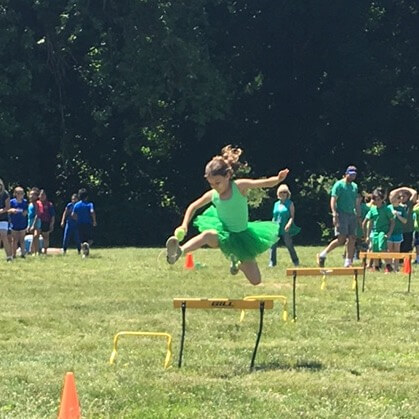
But I heard about 50 Million Strong after the event. A friend of mine told me about it and while I wanted to feel the energy, my first reaction consisted of adjectives like unattainable, improbable, idealistic, and vague. It wasn’t that I didn’t share the vision that SHAPE America leaders were aspiring to, it was that I didn’t see how the change could happen. I thought to myself, so many great teachers are working hard every day, how is this 50 Million Strong slogan going to make a difference?
Nonetheless, while I still wasn’t really certain about my role in the commitment, I decided to use the 50 Million Strong slogan to promote my 1st Annual Family Fitness Night. At the beginning of the night, I did my best to explain SHAPE America’s 50 Million Strong commitment and our school program that was committed to creating “380 Southdown Strong.” The night was a huge success. Students, parents and the administration were intrigued and excited. I was ecstatic. I had seen the light!
